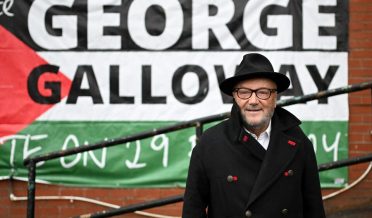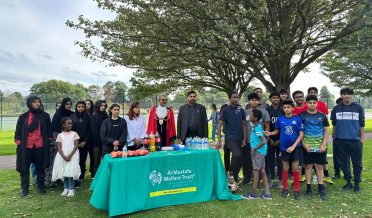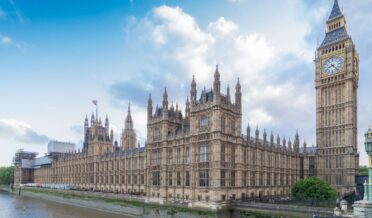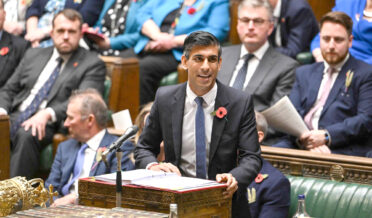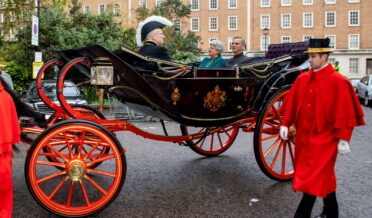Wajahat Ali Khan
In early nineties as I stepped in London and soon found so many Pakistanis all over the capital, as a new arrival it was satisfactory surprise to me that they were working in all walks of life including in the main line of politics. Gradually with the time passes I came to know that the migration of people from Pakistan to Britain in the 1950s and the 1960s was not something new, but many Pakistanis came to Britain following the turmoil during the partition of India and the subsequent independence of Pakistan; among them were those who migrated to Pakistan upon displacement from India, and then migrated to the UK, thus becoming secondary migrants. Pakistanis are now the third largest ethnic minority group in Britain, however, very few details are known about their socio-economic position.

The 1962 Act had a decisive effect on the pattern of migration. It turned a movement of workers, many of whom who were probably interested in staying temporarily, into a permanent immigration of families. The settlement of Pakistanis in the county of Gloucestershire is not direct migration from Pakistan, but from other regions in Britain. It is relevant to point out that migration of Pakistanis into Britain was to fill unskilled textile jobs in Yorkshire and Lancashire textile mills. Those Pakistanis who entered Britain before the Commonwealth Immigration Act in 1962 were predominantly economically active men.
The so-called ‘voucher system’ gave the opportunity for those who were already in Britain to arrange jobs and vouchers for their relatives and friends. The 1962 Act had a decisive effect on the pattern of migration. It turned a movement of workers, many of whom who were probably interested in staying temporarily, into a permanent immigration of families. The voucher system reinforced kinship and friendship bonds and therefore helped the pattern of settlement. Pakistanis and other ethnic minority groups suffered a lot and are still suffering because of negative attitudes by some people in the white community.
The migration of Pakistanis to Britain started slowly in 1962 and peaked by the 1980. However, some former seamen of Pakistani origin started settling in Britain in the early 1940s, leaving ports and moving inland. Two other factors contributed to the migration of Pakistanis into Britain and then Gloucestershire. The first was the partition of India, when Pakistan (east and west) was created and the second was the construction of the Mangla Dam in Pakistan, in the early 1960s. At the time of the partition in 1947, a large-scale movement of population took place between India and Pakistan. Various surveys have shown that many of these displaced people came to Britain, thus becoming migrants twice.
It is estimated that about 100,000 people were displaced from Mangla Dam area in the early 1960s. The villagers were given compensation, some in the form of land in Panjab while others received cash and settled in various areas of Pakistan, but some who had friends or relatives in Britain used the compensation money to come to Britain and to find work. In 1950 travel agents established offices in Karachi, Rawalpindi and other cities including Mirpur to help would-be migrants. Statistically, in 1951 there were 5000 Pakistanis (including Bangladeshis) in Britain. In 1961 the estimated number of Pakistanis reached 24,900 and by 1966 it had grown to 119,700. However, there was a drastic decline in the number of immigrants coming as workers. Pakistani migrants filled a gap for labour mostly in the unskilled sectors and poorly paid jobs, available because of the reconstruction and expansion of the British economy after 1945.
Between 1960 and 1970 the myth of returning home was quite common. However, more recently this myth among Pakistanis has diminished because of economic circumstances and the future of their children, which most of them see as being in Britain. According to the 1991 census, out of the almost 55 million population of Great Britain, 477,000 were of Pakistani origin. Of these, about 450,000 lived in England, just over 21,000 in Scotland and almost 6,000 in Wales, about 227 lived in Gloucestershire, 4546 in the South West and 4727 in the West Midlands. More than half of the Pakistani community in 1996 was British born (estimated to be 66% in 2001) and almost all others have British nationality. Therefore, Pakistanis in Britain can no longer be considered as “immigrants” or “aliens”, “foreigners “or “outsiders” – they are British Pakistanis. Analysis shows that Pakistanis are not evenly distributed throughout Britain. Around 87% of Pakistanis live in four regions – the South East (30%), West Midlands (21%), Yorkshire and Humberside (20%) and the North East (16%). In 1996 the largest number of Pakistanis lived in Birmingham followed by Bradford.
Nationally the educational achievements of Pakistanis present a mixed picture. For example, in Waltham Forest, the average GCSE points scored by Pakistani pupils in 1994/1995 were higher than white pupils, and it was above average for the borough. However, in Birmingham the Pakistani pupils scored significantly lower than white pupils.
Other research surveys have shown that Pakistani children in London had significantly higher “performance scores” than some other ethnic groups. The situation in London and Waltham Forest is possibly due the class differences which may affect their performances. If the efforts of parents and educational institutions continue, the achievement levels of the Pakistani community will increase. The representation of Pakistanis in politics and public bodies is likely to increase slowly. The traditional family system is the joint and/or extended family. The joint family normally consists of a group of three or more generations with a complex set of mutual obligations. They usually pool their expenditure and income. In cases where some family members are working in other areas or abroad, they still try to maintain family obligations and hold together as a joint family.


